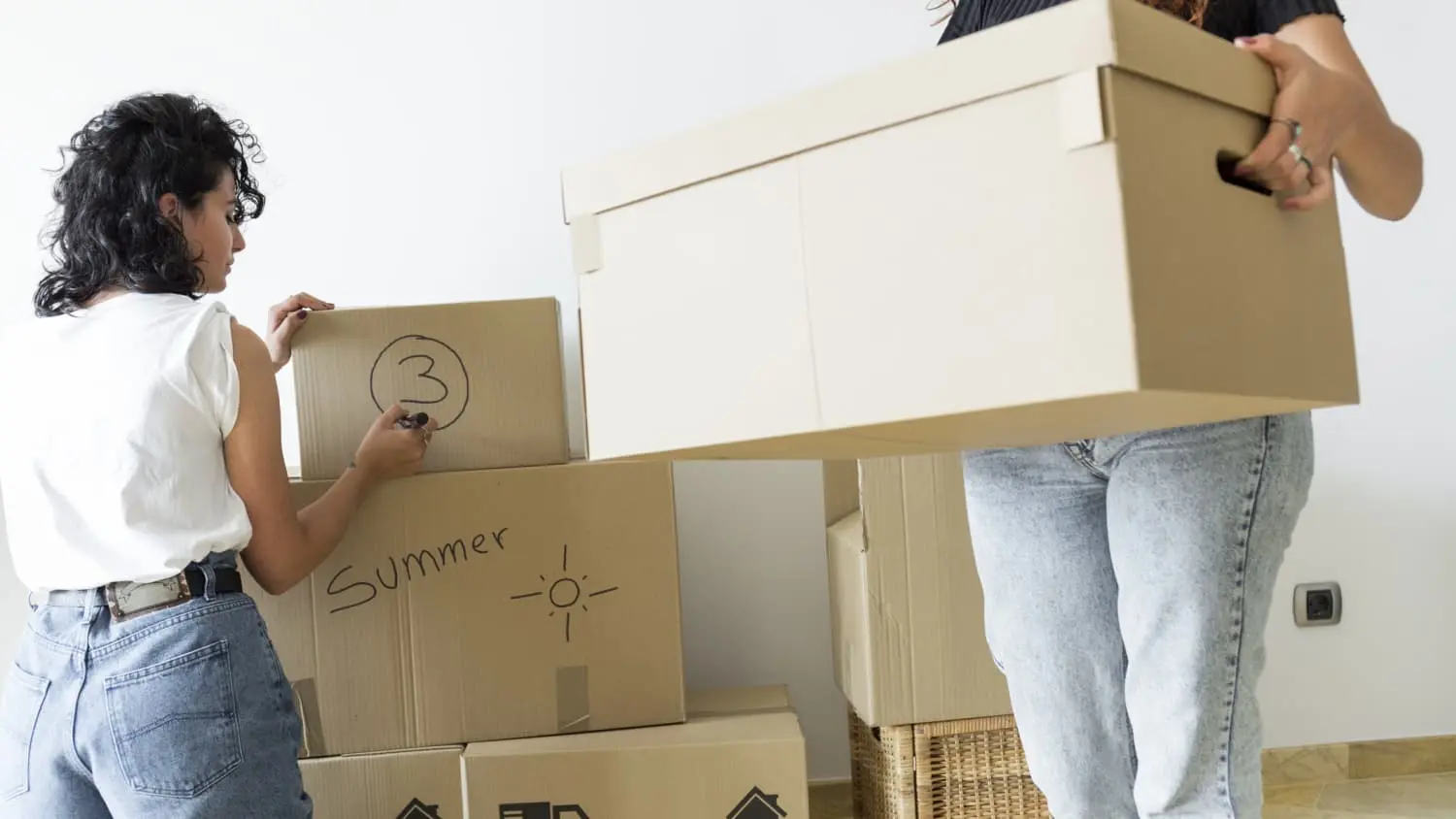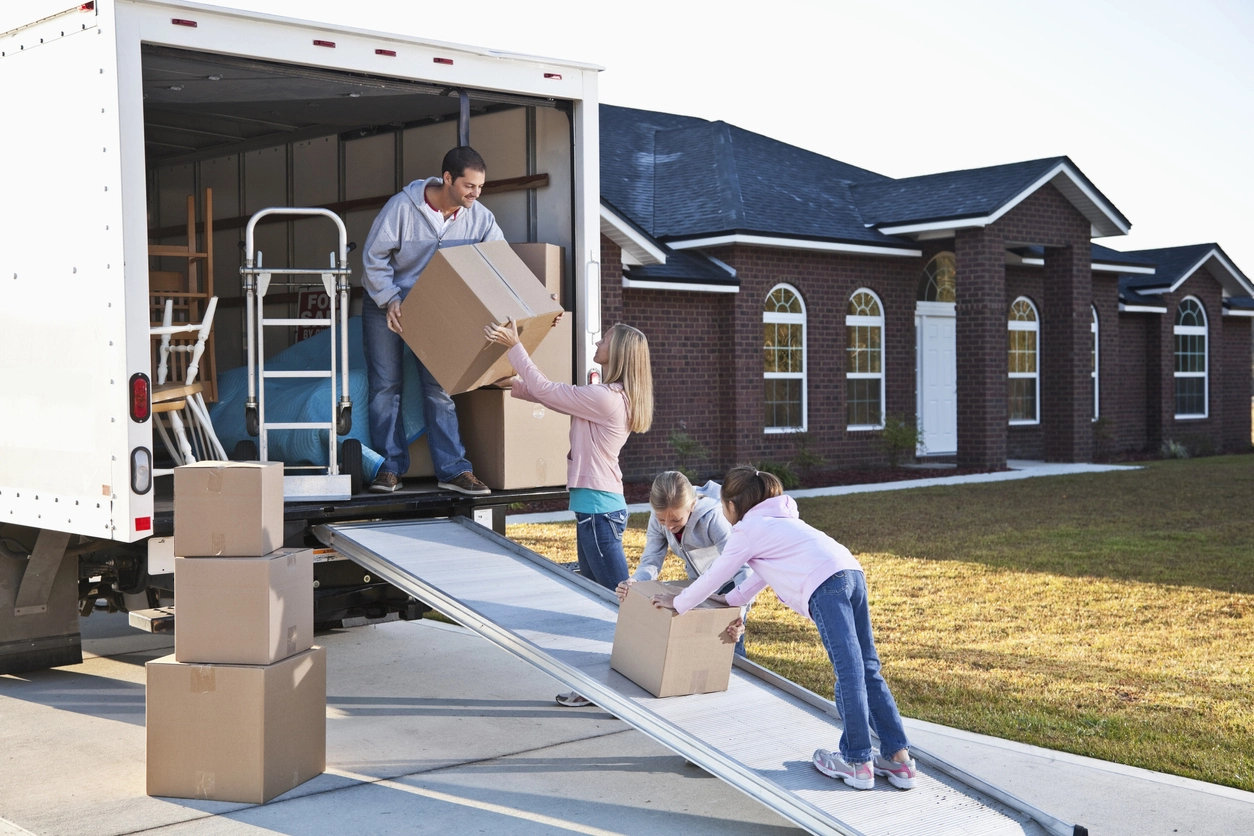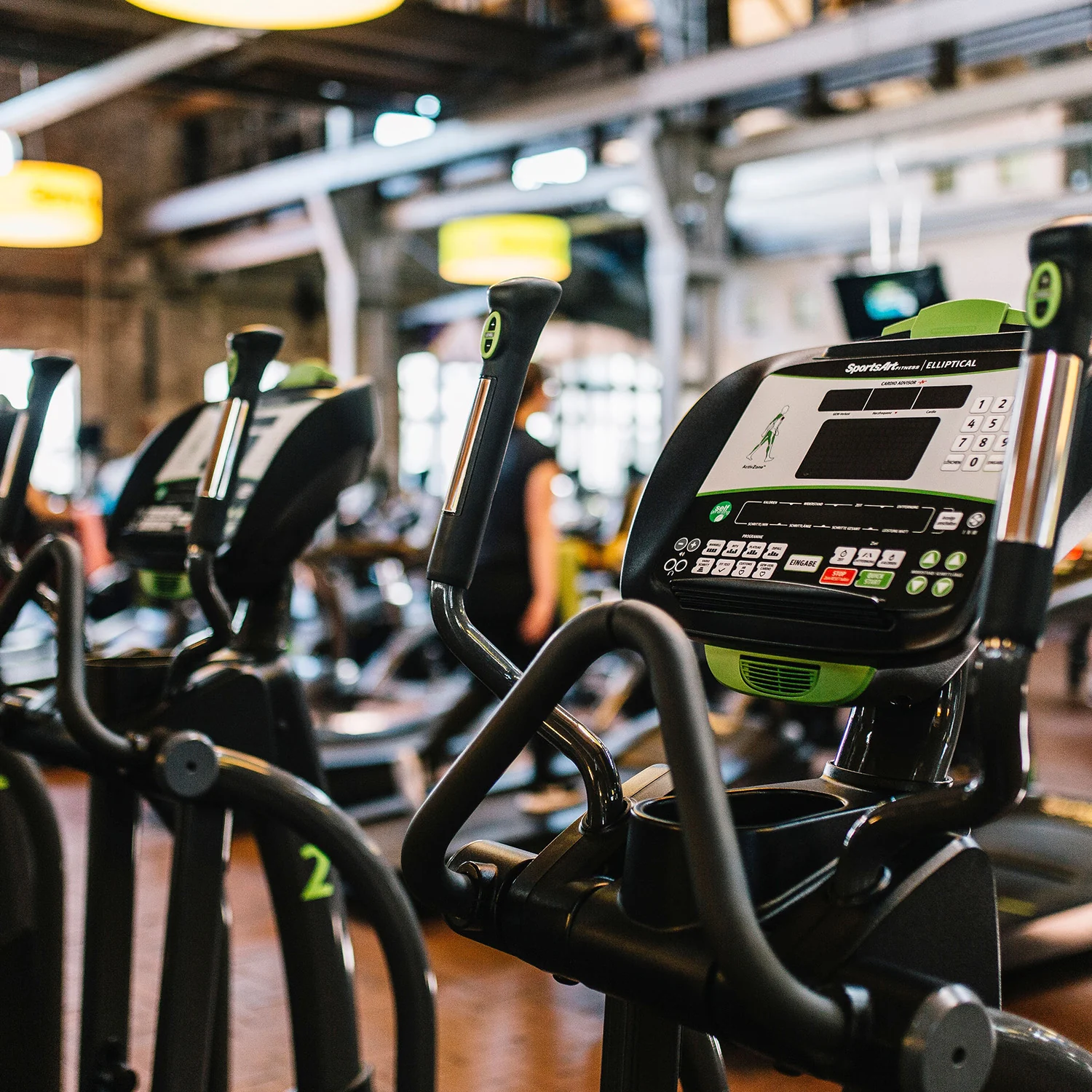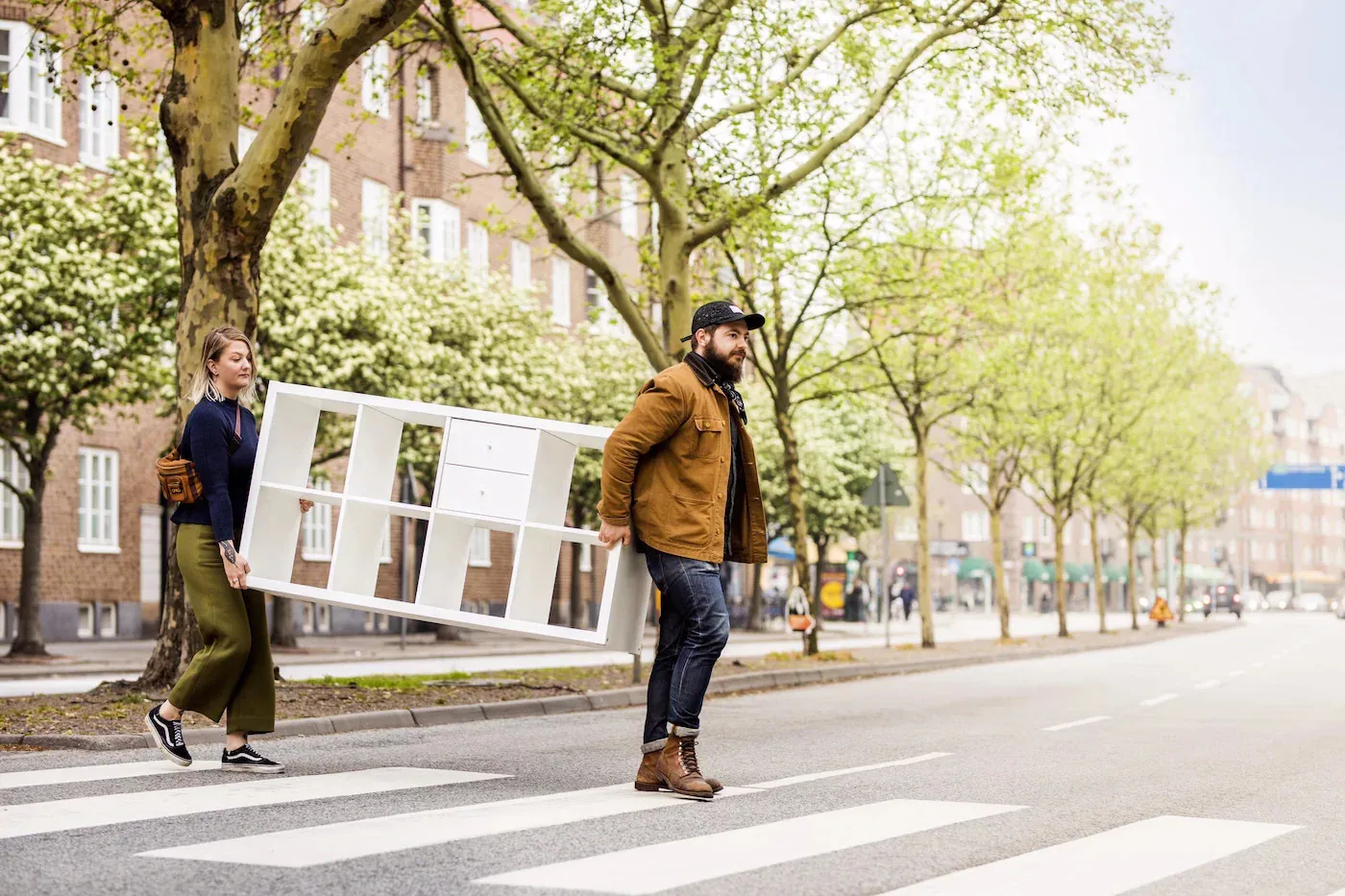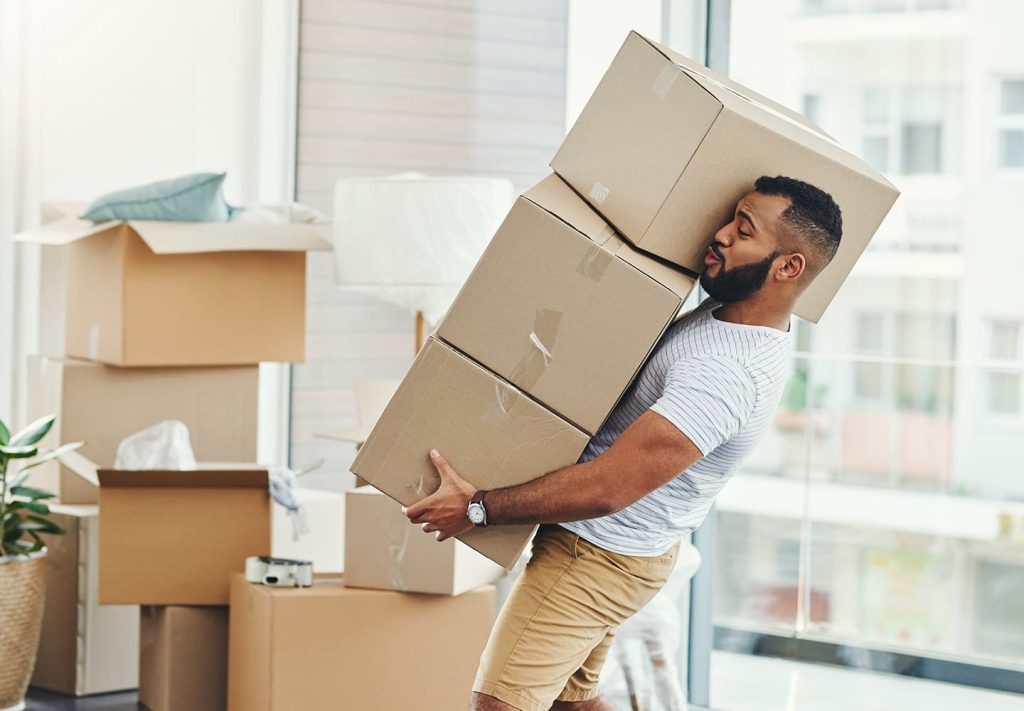
Are you planning a move and need to pack your belongings into a container? Packing efficiently and effectively is crucial to ensure the safety of your items during transit.
In this article, we will provide you with a step-by-step guide on how to pack container for moving. From organizing your packing supplies to maximizing space utilization, we’ve got you covered. So let’s dive in!
Introduction
Moving to a new home can be a daunting task, but with proper planning and organization, it can be a smooth process. One essential aspect of moving is packing your belongings in a container. By following the right techniques, you can ensure that your items remain intact and well-protected throughout the journey.
Gather Packing Supplies
Before you start packing, gather all the necessary packing supplies. This includes sturdy boxes in various sizes, packing tape, bubble wrap, packing paper, markers, and labels. Having all the supplies ready will make the packing process more efficient.
Sort and Declutter
Moving provides an excellent opportunity to declutter and get rid of items you no longer need. Before you start packing, go through each room and sort your belongings into three categories: keep, donate/sell, and discard. This will help you streamline the packing process and reduce the number of items to be packed.
Create an Inventory
To keep track of your belongings, create a detailed inventory. List down each item along with its condition and assign a unique number or code. This inventory will come in handy during unpacking and can serve as proof of the items you’ve packed.
Pack Room by Room
To maintain organization, pack one room at a time. Start with the least-used rooms and gradually move to the frequently used ones. Pack similar items together and label the boxes accordingly. This will make unpacking easier and save you time when setting up your new home. If you want to know how to pack silverware for moving, just check out our blog page today!
Utilize Space Strategically
Maximize the space inside the container by utilizing smart packing techniques. Place heavy and bulky items at the bottom and lighter items on top. Fill gaps with smaller items or padding material to prevent shifting during transit. Use the vertical space by stacking boxes securely.
Protect Fragile Items
Fragile items require extra care during packing. Wrap them individually with bubble wrap or packing paper and place them in sturdy boxes. Use padding material to fill any empty spaces to prevent movement. Clearly label these boxes as “Fragile” to ensure they receive special attention during handling.
Label Boxes Clearly
Labeling boxes is crucial for easy identification and efficient unpacking. Write the contents and the room they belong to on each box. You can use different colored markers or labels for each room to make it even more convenient. This will save you from rummaging through numerous boxes to find specific items.
Secure Heavy Items
For heavy items such as furniture or appliances, ensure they are properly secured. Disassemble furniture whenever possible and pack the components together. Use straps or ropes to secure larger items and prevent them from shifting during transportation.
Consider Weight Distribution
When packing the container, distribute the weight evenly to maintain balance. Place heavier items towards the center of the container and lighter items towards the edges. This will prevent the container from becoming top-heavy and reduce the risk of accidents during loading and unloading.
Use Padding and Fillers
To protect your belongings from potential damage, use padding and fillers. Wrap fragile items with bubble wrap or packing paper, and use blankets or towels to cushion delicate items. Fill any gaps or empty spaces with packing peanuts or crumpled paper to prevent movement.
Seal and Secure the Container
Once you have packed all your belongings, ensure the container is properly sealed. Use high-quality packing tape to secure the lids and edges of the boxes. Double-check for any loose ends and reinforce them if needed. This will prevent the containers from opening or shifting during transit.
Keep Essential Items Handy
Pack a separate box or bag with essential items that you’ll need immediately upon arrival at your new home. This can include toiletries, a change of clothes, important documents, and basic kitchen supplies. Keep this box with you during the move for easy access.
Unpacking at Your New Home
When you reach your new home, prioritize unpacking essential items first. Start with the box or bag you packed with essential items. Then, unpack room by room, following the labels on each box. Take your time to arrange and set up your belongings in the new space.
Conclusion
Packing a container for a move requires careful planning and organization. By following the steps outlined in this article, you can pack your belongings efficiently and ensure their safety during transit. Remember to gather the necessary packing supplies, sort and declutter your items, pack room by room, utilize space strategically, protect fragile items, label boxes clearly, and secure the container properly. Following these guidelines will make your moving experience less stressful and more organized.
At Gorilla Moves, we provide the best packing services for those who need help getting their items ready for a move. Our experienced team will make sure your container is packed efficiently and securely to ensure the safe transport of your belongings. We also offer labour services, storage services, and senior moves. Contact us today to get started on making your move as smooth and stress-free as possible!
FAQs: How to Pack Container for Moving
Should I disassemble the furniture before packing it into the container?
Yes, whenever possible, disassemble furniture before packing it. This will save space and make it easier to pack and unpack.
How do I protect delicate items during the move?
Wrap delicate items individually with bubble wrap or packing paper. Use padding material to fill any empty spaces and cushion the items.
Is it necessary to label the boxes?
Labeling the boxes is highly recommended as it helps with easy identification and efficient unpacking. Clearly mention the contents and the room they belong to.
Can I use old newspapers for padding fragile items?
While old newspapers can be used as padding material, be cautious as the ink may transfer to your belongings. It’s better to use packing paper or bubble wrap for delicate items.
How should I handle unpacking at the new home?
Start by unpacking essential items first. Then, unpack room by room, following the labels on each box. Take your time to arrange and set up your belongings in the new space.


